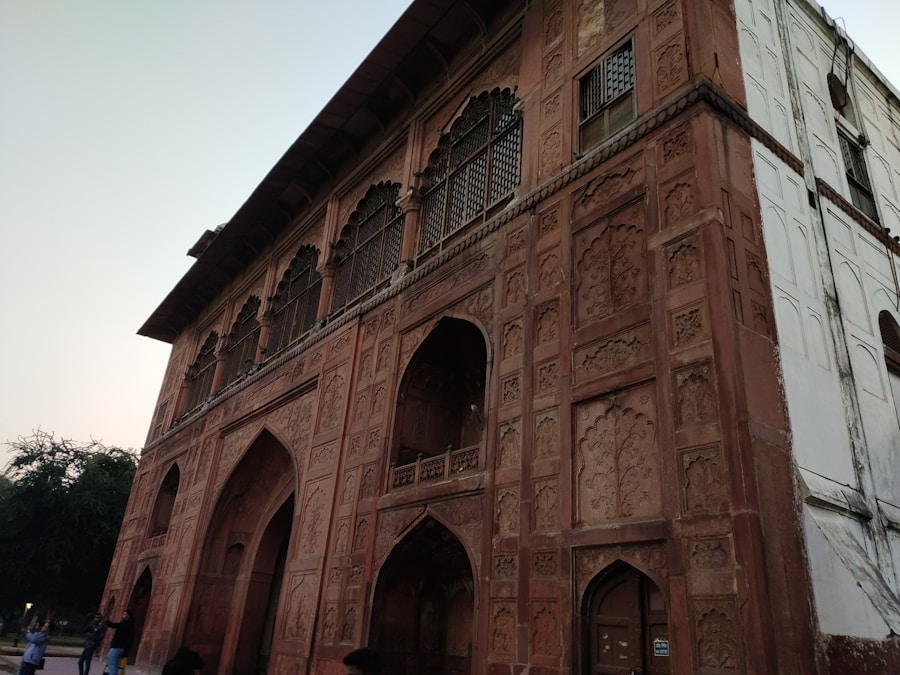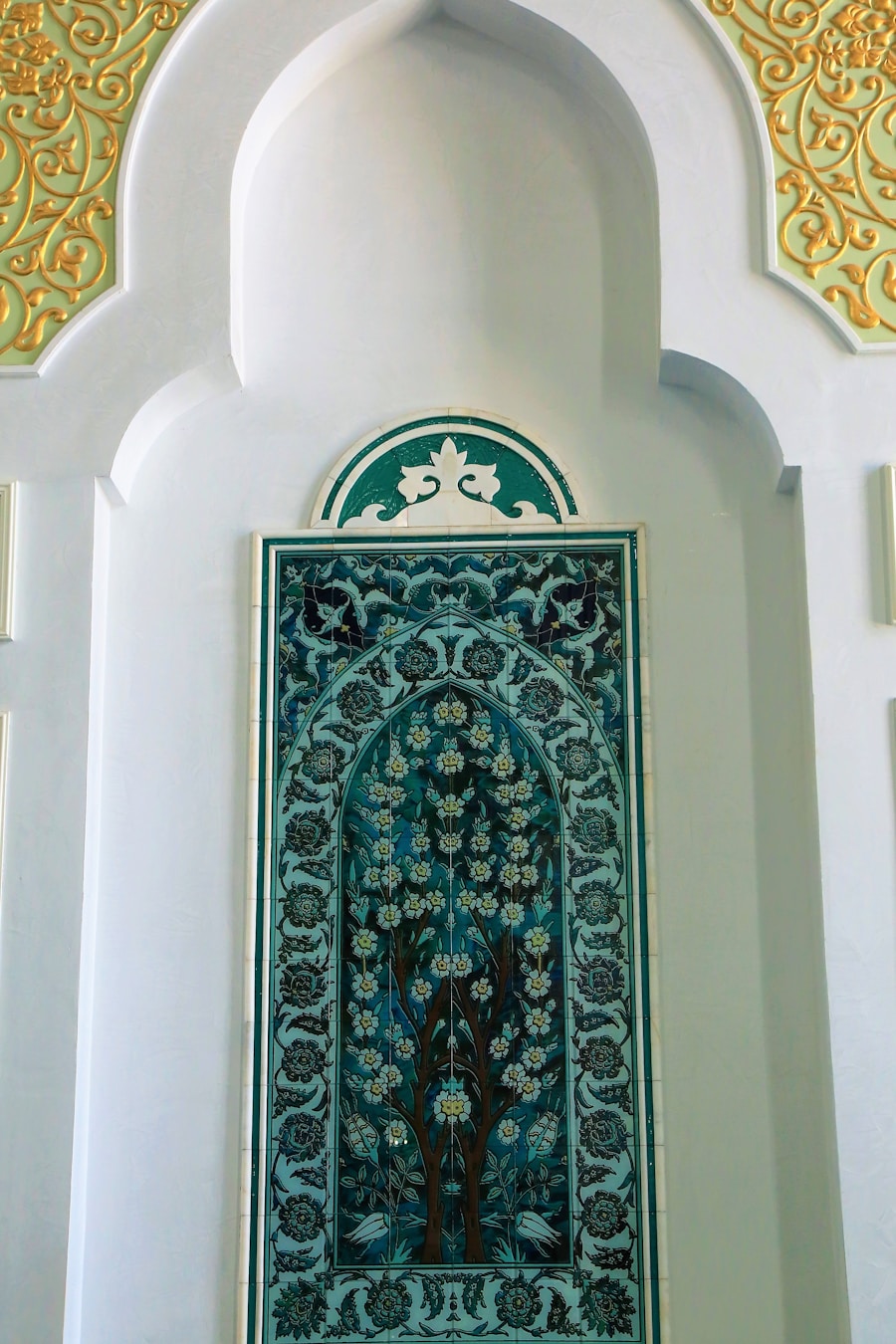Makkah and Madinah, two of the most revered cities in Islam, hold a special place in the hearts of millions of Muslims around the globe. Makkah, known as the birthplace of the Prophet Muhammad, is home to the Kaaba, the most sacred site in Islam, where millions of pilgrims gather annually for Hajj and Umrah. Madinah, on the other hand, is where the Prophet established the first Muslim community and is the site of his final resting place.
Together, these cities form a spiritual nexus that draws believers seeking to deepen their faith and connect with their religious heritage. The significance of Makkah and Madinah extends beyond their religious importance; they are also cultural and historical hubs that reflect the rich tapestry of Islamic civilization.
As pilgrims and visitors traverse these sacred spaces, they not only engage in spiritual practices but also immerse themselves in the local culture, traditions, and hospitality that define these cities. The journey to Makkah and Madinah is not merely a physical one; it is a profound spiritual experience that resonates deeply with the essence of Islam.
Key Takeaways
- Makkah and Madinah are two of the holiest cities in Islam, attracting millions of pilgrims each year.
- The Holy Mosque in Makkah is home to the Kaaba, the most sacred site in Islam, and is the focal point of the Hajj pilgrimage.
- The Prophet’s Mosque in Madinah is the final resting place of the Prophet Muhammad and is a place of great spiritual significance for Muslims.
- Historical sites in Makkah and Madinah, such as Mount Uhud and the Cave of Hira, offer pilgrims the opportunity to connect with the history of Islam.
- Pilgrimage rituals and activities in Makkah and Madinah include the Tawaf, Sa’i, and the symbolic stoning of the devil, all of which are integral to the Hajj and Umrah pilgrimages.
The Holy Mosque in Makkah
The Kaaba: The House of Allah
The Kaaba, a cuboid structure covered in a silk cloth known as the Kiswah, adorned with gold thread, is considered the “House of Allah” and is the direction, or qibla, that Muslims around the world face during their daily prayers.
Architectural Grandeur
The architectural grandeur of Masjid al-Haram is awe-inspiring, with its minarets rising majestically into the sky, while its expansive courtyards are lined with intricate marble flooring and stunning mosaics.
Renovations and Expansions
The mosque has undergone numerous renovations and expansions throughout history to accommodate the growing number of pilgrims. One notable expansion was initiated by King Abdulaziz in the 1950s, which significantly increased its capacity. Today, advanced technologies such as crowd management systems and mobile applications enhance the experience for millions of visitors who flock to this sacred site each year.
The Prophet’s Mosque in Madinah

The Prophet’s Mosque, or Al-Masjid an-Nabawi, is another cornerstone of Islamic faith and serves as a vital pilgrimage site for Muslims. Located in Madinah, this mosque was originally built by the Prophet Muhammad himself shortly after his migration from Makkah. It has since evolved into one of the largest mosques in the world, featuring stunning architectural elements that reflect Islamic artistry.
The mosque’s green dome marks the resting place of the Prophet Muhammad, making it a focal point for visitors who come to pay their respects. The interior of Al-Masjid an-Nabawi is equally captivating. The mosque features a vast prayer hall adorned with beautiful chandeliers and intricate calligraphy that enhances its spiritual ambiance.
The courtyard is often filled with worshippers seeking solace and connection with their faith. Additionally, the mosque’s design incorporates modern amenities while preserving its historical significance. The surrounding area has been developed to accommodate visitors, with gardens and shaded walkways that provide a serene environment for reflection and prayer.
Historical sites in Makkah and Madinah
Makkah and Madinah are rich in historical sites that offer insights into the early days of Islam and its development over centuries. In Makkah, one can visit Mount Arafat, where the Prophet Muhammad delivered his final sermon during Hajj. This site holds immense significance for pilgrims who seek to reflect on their faith during this pivotal moment in Islamic history.
Another important location is the Cave of Hira, situated on Jabal al-Nour, where the Prophet received his first revelation from Angel Gabriel. This cave remains a symbol of divine inspiration and spiritual awakening. In Madinah, historical sites abound that commemorate key events in Islamic history.
The Quba Mosque, recognized as the first mosque built by the Prophet Muhammad upon his arrival in Madinah, is a must-visit for pilgrims. It holds great significance as it represents unity and community among early Muslims. Additionally, the Uhud Mountain site serves as a reminder of the Battle of Uhud, where many early Muslims faced adversity.
These historical landmarks not only provide context for understanding Islamic teachings but also serve as places for reflection on faith and resilience.
Pilgrimage rituals and activities
The pilgrimage rituals associated with Hajj and Umrah are central to the experiences of those visiting Makkah and Madinah. Hajj, one of the Five Pillars of Islam, is an obligatory act for Muslims who are physically and financially able to undertake it at least once in their lifetime. The rituals include Tawaf, where pilgrims circumambulate the Kaaba seven times; Sa’i, which involves walking between the hills of Safa and Marwah; and standing at Arafat on the Day of Arafah, which is considered a day of forgiveness and mercy.
Umrah, often referred to as the “lesser pilgrimage,” can be performed at any time of the year and consists of similar rituals but without some of the specific requirements of Hajj. Pilgrims engage in acts of devotion such as prayer, supplication, and reflection during their time in these holy cities. The spiritual atmosphere is palpable as individuals from diverse backgrounds come together in unity to seek forgiveness and express their devotion to Allah.
Local cuisine and shopping

The culinary landscape in Makkah and Madinah reflects a blend of traditional Saudi flavors and international influences due to the diverse population that frequents these cities. Local dishes such as Kabsa—a fragrant rice dish typically served with chicken or lamb—are staples that visitors must try. Street vendors offer an array of snacks like samosas and falafel, while sweet treats such as baklava provide a delightful end to meals.
The hospitality culture in these cities often includes sharing meals with fellow pilgrims, fostering a sense of community among visitors. Shopping opportunities abound in both cities, ranging from traditional souks to modern shopping malls. In Makkah, visitors can explore Al-Masjid al-Haram’s surrounding areas for souvenirs such as prayer beads, Islamic books, and traditional garments like Ihram attire.
Madinah offers its own unique shopping experiences with markets selling dates, spices, and local handicrafts. These shopping excursions not only provide an opportunity to acquire mementos but also allow visitors to engage with local artisans and experience the vibrant culture firsthand.
Accommodation options in Makkah and Madinah
Accommodations in Makkah and Madinah cater to a wide range of preferences and budgets, ensuring that every visitor can find suitable lodging during their stay. In Makkah, hotels vary from luxurious five-star establishments offering breathtaking views of Masjid al-Haram to more modest options that provide essential amenities for pilgrims on a budget. Many hotels are strategically located within walking distance of the mosque, allowing easy access for prayer times.
Madinah also boasts a variety of accommodation choices that reflect its status as a pilgrimage destination. High-end hotels often feature elegant designs and comprehensive services tailored to meet the needs of guests seeking comfort during their spiritual journey. Budget-friendly options are available as well, providing clean and comfortable rooms for those looking to save on expenses while still enjoying proximity to Al-Masjid an-Nabawi.
Tips for visiting Makkah and Madinah
Visiting Makkah and Madinah requires careful planning to ensure a fulfilling experience. One essential tip is to familiarize oneself with local customs and etiquette before arrival. Understanding cultural norms—such as dress codes that respect Islamic traditions—can enhance interactions with locals and fellow pilgrims alike.
It is advisable for women to wear loose-fitting clothing that covers their arms and legs while men should opt for simple attire that reflects modesty. Another important consideration is timing; visiting during off-peak seasons can lead to a more serene experience when navigating crowded areas around religious sites. Additionally, staying hydrated is crucial due to the hot climate prevalent in these regions.
Pilgrims should also be mindful of prayer times when planning their daily activities to ensure they can participate fully in worship without feeling rushed or overwhelmed by crowds. In conclusion, Makkah and Madinah offer profound spiritual experiences intertwined with rich cultural heritage. From their iconic mosques to historical landmarks and vibrant local life, these cities provide an unparalleled journey for those seeking connection with their faith while exploring the beauty of Islamic tradition.
If you enjoyed reading A Pilgrim’s Guide to Makkah and Madinah: What to See and Do, you may also be interested in learning about the innovative minds behind the travel industry. Check out this article Meet the Steve Jobs of the Travel Industry to discover how visionaries are shaping the way we explore the world.
FAQs
What are the main attractions in Makkah and Madinah?
In Makkah, the main attractions include the Masjid al-Haram, the Kaaba, the Zamzam Well, and the hills of Safa and Marwah. In Madinah, the main attractions include the Masjid al-Nabawi, the Prophet’s Mosque, and the Quba Mosque.
What are the religious activities that pilgrims can participate in?
Pilgrims can participate in the Tawaf, which is the act of circling the Kaaba seven times, and the Sa’i, which is the act of walking seven times between the hills of Safa and Marwah. They can also participate in the Jumu’ah prayer at the Masjid al-Haram in Makkah and the congregational prayers at the Masjid al-Nabawi in Madinah.
What are the historical sites that pilgrims can visit?
In Makkah, pilgrims can visit the Cave of Hira and the Cave of Thawr, which are important historical sites in the life of the Prophet Muhammad. In Madinah, pilgrims can visit the Uhud Mountain and the Quba Mosque, which are also significant historical sites.
What are the cultural experiences that pilgrims can have in Makkah and Madinah?
Pilgrims can experience the rich cultural heritage of Makkah and Madinah by visiting the local markets, trying traditional Arabian cuisine, and interacting with the local community. They can also participate in cultural events and activities organized by the local authorities.



0 Comment